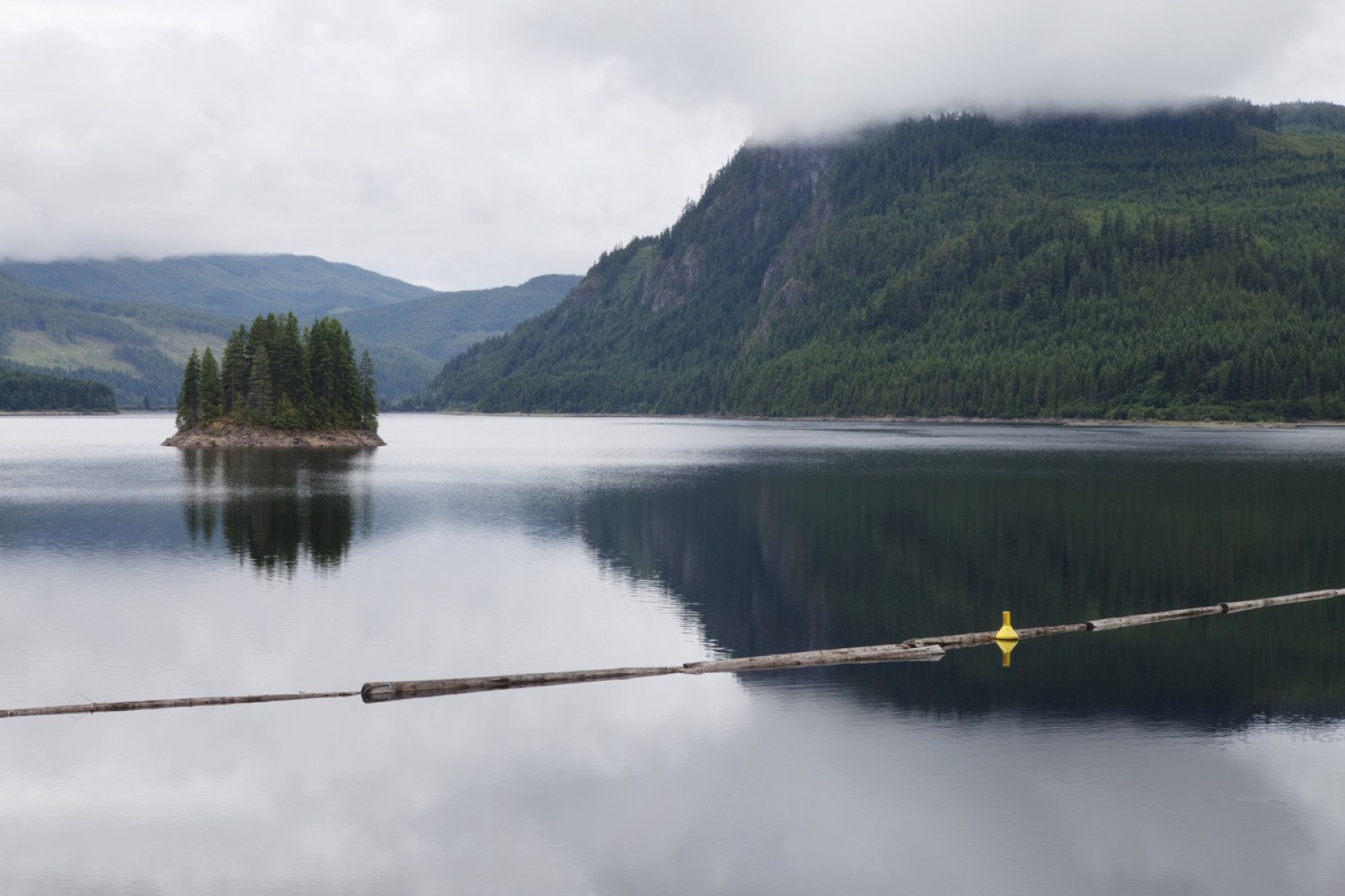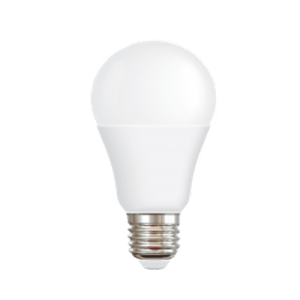How dams generate electricity
The energy from water is transformed to create electricity.

Overview
Your students will build on what they know about potential and kinetic energy to explore how energy is transformed in dams while electricity is created from flowing water.
Instructions
What you'll need
- "How dams generate electricity" worksheet
- "How dams generate electricity" answer key
- "How dams generate electricity" slideshow
- When you begin the "How dams generate electricity" slideshow, hold on the title screen for a few minutes. Go around the room and ask students to share their ideas about what they know about electricity, where it comes from, and how dams work.
- On slide 2, pause again and review the words with your class. Ask your students if they are familiar with the terms, and if they can define them. See which of them can describe how a dam works using the terms on the slide.
- Ask your students to sketch and label a dam using the words on the slide.
- Invite students to share their drawings and engage the group in a discussion based on the sketches made by their classmates.
- Next, watch the "How a dam works" video on slide 3 and have students revise their drawings. Replay the video if necessary.
- Slide 4 introduces new terms that students can work into their sketches.
- Now, give students the "How dams generate electricity" worksheet and have them label the diagram. The last slide provides them with the answer.
Modify or extend this activity
- In groups or individually, have students investigate the following topics:
- Where do remote communities in B.C. get electricity from?
- How do other places in Canada and the world generate electricity?
- Continue learning about electricity in B.C. with "What should you know? Electrical safety".
Curriculum Fit
Grade 9 Science
Curricular competencies
Questioning and predicting
- Demonstrate a sustained intellectual curiosity about a scientific topic or problem of personal interest
Processing and analyzing data and information
- Construct, analyze and interpret graphs, models and/or diagrams
Evaluating
- Evaluate their methods and experimental conditions, including identifying sources of error or uncertainty, confounding variables, and possible alternative explanations and conclusions
Applying and innovating
- Generate and introduce new or refined ideas when problem solving
Assessments
Observe your students so that you can assess their participation, their willingness to refine their initial sketches and their completion of the tasks.
Teaching Notes
Electricity is generated from water by using the potential energy stored in reservoirs behind dams. The water flows down and through a large tube, called a penstock. The potential energy becomes kinetic energy because the water is, effectively, falling. That kinetic energy from the fast-moving water pushes blades inside turbines, which cause generators to turn.
Inside the generators, the magnets spin past coils of copper wire, causing electrons to move. This is electromagnetism, and it is central to how the mechanical energy of the falling water is converted to electrical energy.
Generators in a hydro dam usually produce electricity with a low voltage. Transformers are used to raise and lower the voltage as needed.







